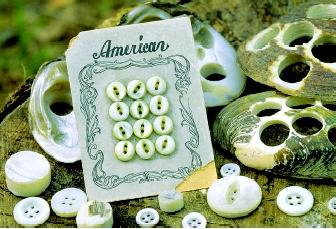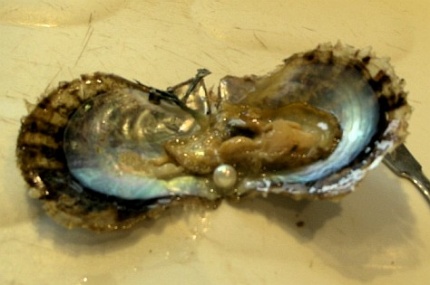|
Just like all the other animals, Bivalves are MULTICELLULAR.
Therefore, this means that the organisms are composed of more than one cell. Organisms are no longer primitive in the sense.
Type Of Body Plan
Bivalves are bilateral symmetry. The body plan is simple.
A defined head end with pharyngeal glands and radula is shown. Tactile, visual receptors and chemosensory are present as well.
These have migrated to the mantle at the open edges of the shell.
The large foot anchors the Bivalve. The gills collect
the food and respire. Water is brought in and out of the Bivalve via Siphons tubes.
Ecologic Role
.Bivalves serve numerous uses in our everyday life. Some examples would be to provide us humans
with food, since mostly all bivalves are edible. Freshwater mussels were used in making buttons for clothing. Jewelry can
be made from oysters because they contain pearls in them.
In the environment, bivalves play a role too. Bivalves are filter-feeders. this means
that they trap food particles as they pump water through a filter. This helps clean the water environment. Bivalves help
in reducing excess phytoplankton associated that have been supported by some laboratory and field observations.

|
| buttons made from mussels |

|
| pearl found in oysters |
|

